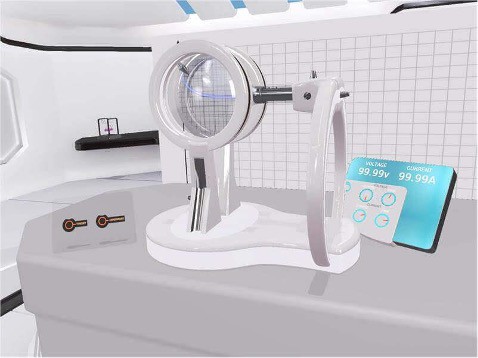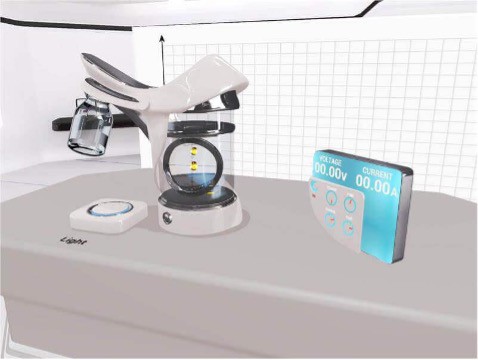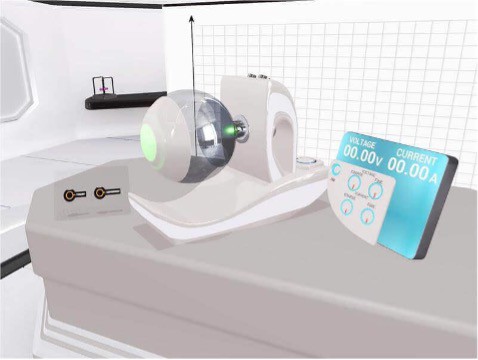At the end of the 19th and the beginning of the 20th century, we made observations that completely changed the way we view nature. These observations signaled the limits of Newtonian physics and led the way to the theoretical advances which produced the theory of relativity and quantum mechanics.
Reproducing these observations in the lab, however, is not always easy. These modern physics experiments usually require complicated and expensive devices which, for a great deal of schools, are very difficult to get. Even if one has the necessary equipment, the immense care with which these devices should be handled and the constant need for maintenance becomes an equally great burden.
With VRLab Academy, you can do your modern physics experiments without investing so much money on the physical setup. So let us take a look at 3 intriguing modern physics experiments you can do with VRLab.
Thomson Electron Tube Experiment

In the Thomson electron tube experiment, electrons accelerated by an electron gun are made to move inside a magnetic field created by Helmholtz coils.
In 1897, British physicist J. J. Thomson discovered the electron, a negatively charged fundamental particle, during his experiments with cathode ray tubes.
In this experimental setup, the electrons are accelerated using an electron gun, which then enter into a magnetic field created by Helmholtz coils. You can play with the voltage on the electron gun to accelerate/decelerate the electrons and the current on the coils to increase/decrease the magnetic field strength.
Play with different values of the accelerating voltage and coil current and observe how the trajectory of the electrons are curved. You can find the charge to mass ratio of the electron by measuring the radius of the curve.
Millikan Oil Drop Experiment

In the Millikan oil drop experiment, you can find the electric force which balances the weight of a charged oil drop.
In 1909, American physicist R. A. Millikan conducted his famous oil drop experiment to measure the charge of an electron – the elementary charge.
In this experiment, electrically charged oil drops coming from an atomizer enter the electric field between two capacitor plates. We can change the voltage across the plates until the electric force balances the weight of the drop, which enables us to calculate the charge to mass ratio of the drop. One can also calculate the radius, and hence the mass, of the oil drop using its terminal velocity. From these, the charge of the oil drop is acquired.
Spray the oil drops and make them float in the air by adjusting the capacitor voltage. Find the charge of various oil drops and see that it is quantized. Discover the value of the elementary charge.
Electron Diffraction

In the electron diffraction experiment, you can observe the diffraction of electron waves.
In 1924, Louis de Broglie predicted that matter behaves as wave. Three years later, this was confirmed with the observation of electron diffraction. Today, electron diffraction is a frequently employed technique.
In this experiment, you can make electron beams impinge on a graphite crystal. The beams that get reflected by various crystal layers will form a diffraction pattern on the screen, where they produce a luminous effect.
Play with the voltage and measure the radii of the diffraction rings. You can calculate the lattice spacings of graphite.
Take a look at all experiments at VRLab Academy and enhance your teaching power with us.